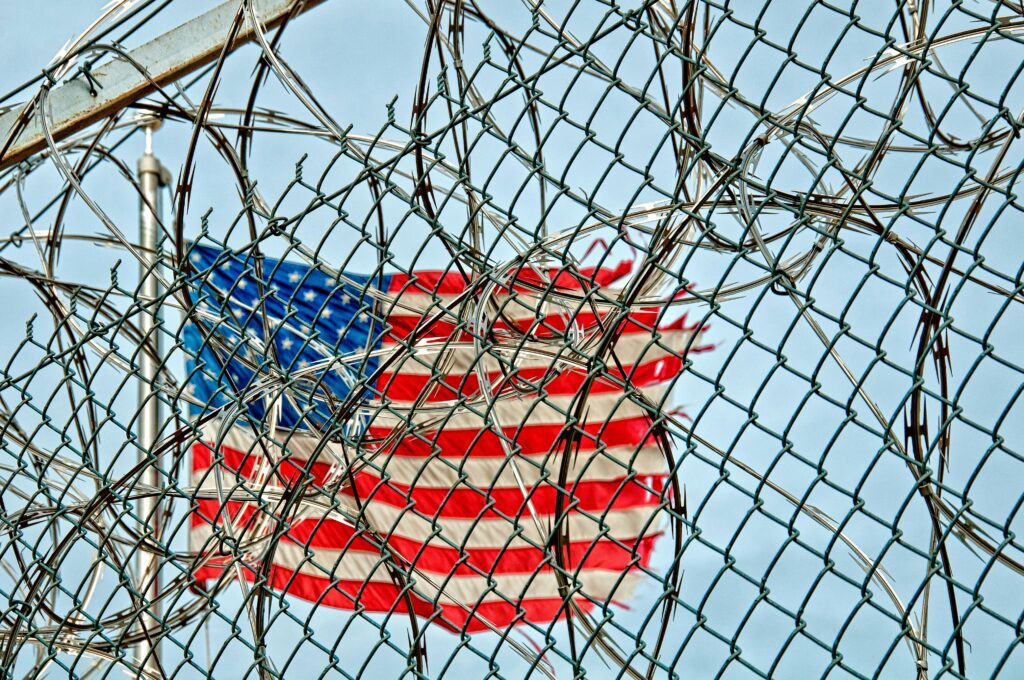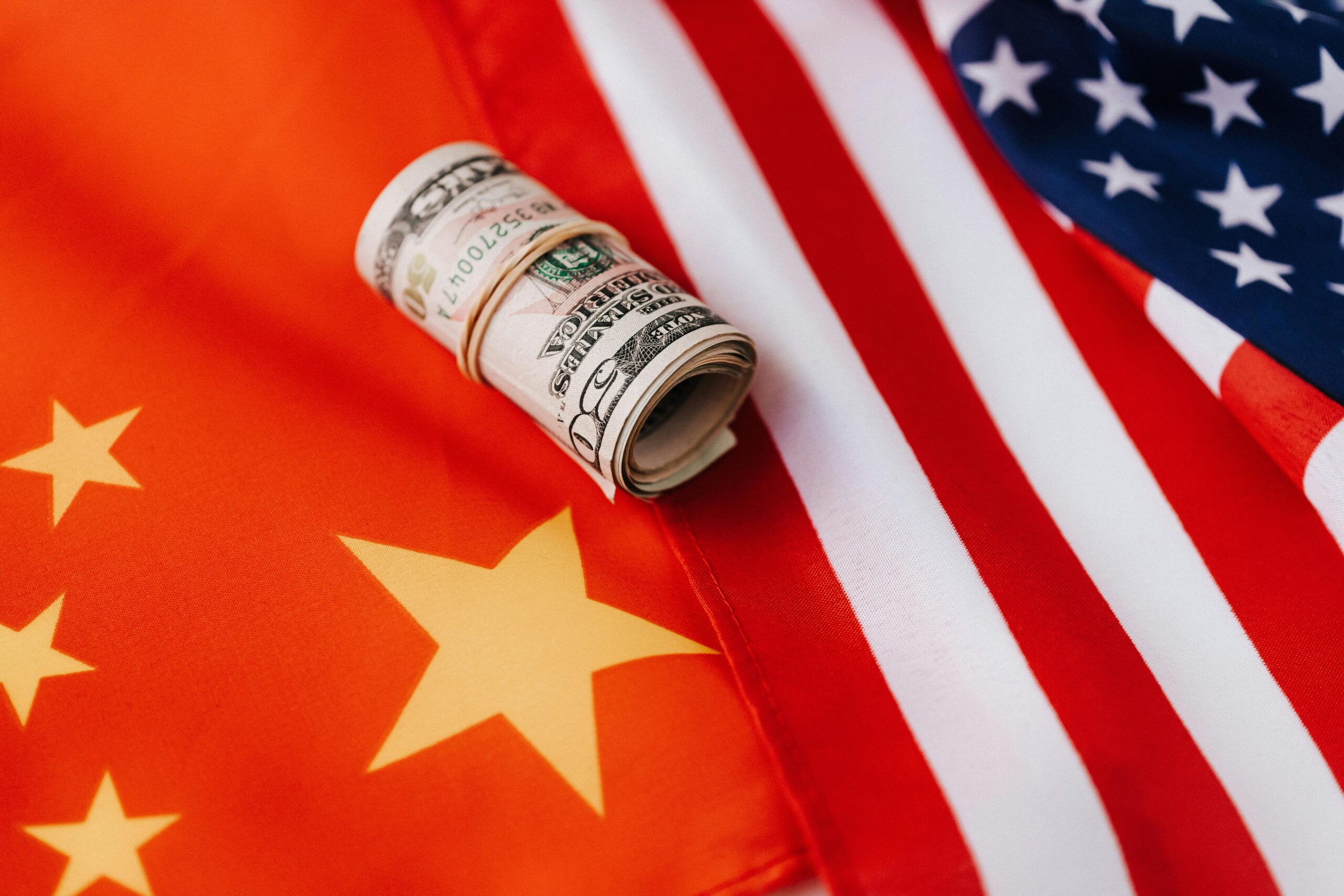The relationship between the United States and China is one of the most important and complex dynamics shaping the world today. While both nations engage in diplomacy, much still gets lost in translation—leading to misunderstandings, strategic competition, and economic tensions. As we move deeper into 2025, where does this relationship stand? And what does it mean for the global order?

A History of Cooperation and Competition
The U.S. and China have been engaged in diplomatic relations since 1979, following President Nixon’s historic visit to China in 1972. This visit led to the Shanghai Communiqué, where the U.S. formally acknowledged the “One China” policy, recognizing Taiwan as part of China in principle.
Over the next few decades, the two nations built a strong economic relationship. When China joined the World Trade Organization (WTO) in 2001, trade between the two countries surged, making China the United States’ second-largest trading partner.
However, this economic interdependence has not always translated into smooth relations. Issues like intellectual property theft, trade imbalances, and industrial policies have led to growing tensions—culminating in the U.S.-China trade war of 2018, which saw both nations imposing tariffs on billions of dollars in goods.
The U.S.-China Strategic Rivalry: More Than Just Economics
Beyond trade, the rivalry between the U.S. and China extends into technology, military strategy, and global influence. The Biden administration focused on strengthening alliances in the Indo-Pacific to counterbalance China’s influence, a strategy that has continued under Trump’s second term.
China, on the other hand, has been increasing its military presence, particularly in the South China Sea, where it has militarized artificial islands and expanded territorial claims. The U.S. continues to challenge these moves with freedom of navigation operations, creating further friction.
At the same time, the U.S. is working closely with allies through initiatives like the Quad (U.S., India, Japan, and Australia), which seeks to maintain a balance of power in the region.

Diplomatic Engagements: Are They Working?
Despite tensions, both nations recognize the need for dialogue. In January 2025, U.S. Secretary of State Marco Rubio and Chinese Foreign Minister Wang Yi held their first official discussion under President Trump’s second term.
Key issues on the table included:
- Taiwan – China reaffirmed its claim over the island.
- Trade – The U.S. raised concerns about unfair trade practices.
- Security & Influence – Discussions about military activities in the South China Sea.
However, despite these talks, deep mistrust remains. Differences in political ideology, economic strategy, and cultural perspectives make it difficult for the two superpowers to find common ground.
The Global Power Struggle: Soft Power vs. Hard Power
China and the U.S. take different approaches to global influence:
- The U.S. relies on military alliances and security partnerships.
- China invests in infrastructure and economic projects like the Belt and Road Initiative (BRI), a global development strategy involving over 140 countries.
While China’s economic diplomacy has gained traction, some countries fear becoming too dependent on Beijing. Likewise, the U.S. faces challenges as some allies worry about over-reliance on American security guarantees.
Meanwhile, public perception plays a crucial role. In the U.S., there’s growing concern over China’s use of media, technology, and education to push its narratives—a phenomenon critics describe as a “massive propaganda operation.”
What’s Next for U.S.-China Relations?
As 2025 progresses, the U.S.-China relationship remains a delicate balance of competition and cooperation. While both nations are deeply intertwined economically, their strategic differences continue to drive mistrust.
The global community is watching closely, knowing that any escalation—whether in trade, technology, or military posturing—could have far-reaching consequences.

Frequently Asked Questions (FAQs)
1. What is the current state of U.S.-China relations?
Relations remain strained but stable, with ongoing diplomatic discussions. Economic and military tensions persist, but both sides recognize the need to manage conflicts through dialogue.
2. How significant is trade between the U.S. and China?
Trade remains crucial. China is one of the U.S.’s largest trading partners, but disputes over trade practices, tariffs, and intellectual property theft continue to create friction.
3. What are the main issues between the two countries?
- Trade & Economy – Disagreements over tariffs, trade imbalances, and technology.
- Taiwan – China claims Taiwan as its territory, while the U.S. supports Taiwan’s self-governance.
- Military Tensions – U.S. military operations in the Indo-Pacific challenge China’s territorial ambitions.
4. How do cultural differences impact U.S.-China relations?
Differences in governance, ideology, and communication styles contribute to misunderstandings. While the U.S. promotes open dialogue and democracy, China operates under a centralized, authoritarian system—leading to differing expectations in negotiations.
5. What steps are being taken to improve relations?
Both countries continue to engage in high-level diplomatic meetings to prevent escalation. However, no long-term solution has been reached, and competition remains the defining feature of the relationship.
Final Thoughts
The U.S.-China relationship is one of the most critical geopolitical issues of our time. While talks continue, both nations are locked in a complex game of diplomacy, trade, and military strategy.
Sources The Economist


